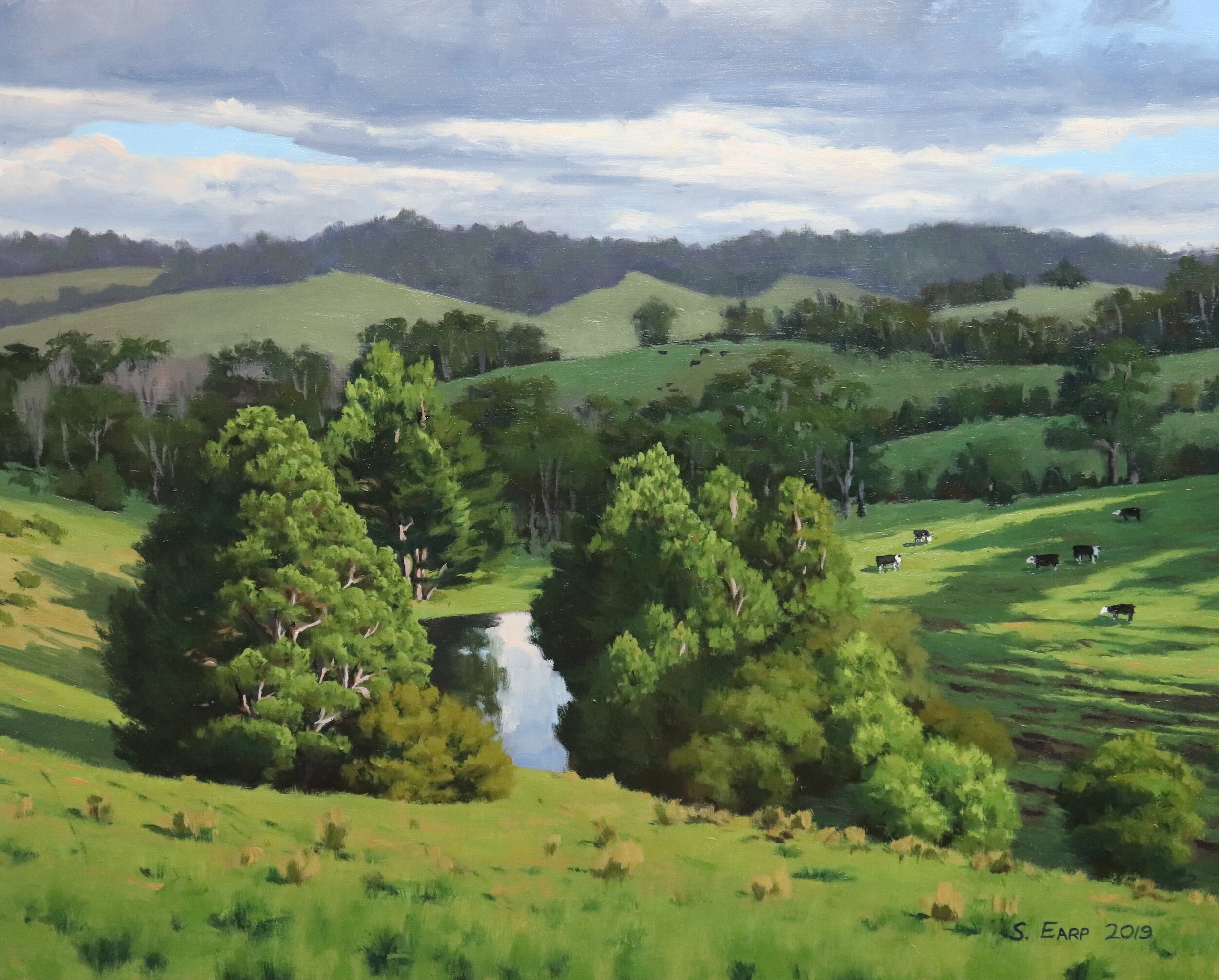What Do I Plant Around My Pond?
You’ve decided you want to add some color and definition around your pond. You also know that creating a vegetative buffer around your precious water resource is vital on many levels. Attracting a variety of waterfowl and other wildlife is desirable also. There are so many advantages to having vegetation, but the question do you plant?
Selecting plants is a lot more difficult when a body of water is involved. There are additional considerations that have to be taken. Erosion control has to be of utmost importance.
Nutrient and pollutant filtering should also be of a high priority, considering it is one of the major causes of poor water quality and algae growth. Plants native to your area should always take precedence. Woody plants and shrubs too close to the bank can destabilize the compaction of the slope and speed up the erosion process; but, if they are planted far enough away from the slope, they can be highly beneficial. They can soak up a lot of the nutrients and filter contaminates before they ever reach the bank, and can also slow down the speed at which water runoff travels and suspends particles. Canopy interception of rainfall can also be helpful.
In the upland areas around the edge of a pond, you should select plants that can survive and adapt to occasional mild flooding during storm events. If the soil around the pond is particularly acidic, sandy, or of a compacted clay or rock, this might limit your options. Some suggestions of hardy plant types that fair well in a variety of applications that I’ve chosen are Red Maple, Bald Cypress, Black Willow, Elderberry, Black Cherry, Silky Dogwood, and Buttonbush. If you know for certain that the area never gets flooded, you can probably choose just about any tree or shrub that would typically thrive in that soil condition.
As you get closer to the water, you have to select plants that are more accustomed to flooding. They should be able to withstand some exposure, and also be able to survive mowing. You would preferably want something with minimal maintenance. A couple of my picks would be Switchgrass, various varieties of turf type grasses, and a variety of sedges.
One of the most critical vegetative areas in the overall pond’s ecosystem starts in the shallow water and extends up into the bank. Choosing native plants for this area is highly recommended. An exotic species can completely overcrowd all other plants quickly, reducing the bio-diversity, and leading to numerous problems. These native wetland plants protect the shoreline, which is highly susceptible to erosion, and keep bottom sediments from re-suspending into the water, keeping it clear. They also provide habitats for a variety of insects that keep mosquitoes at bay. This buffer is also the last check on nutrients like nitrogen and phosphorous before they become available in the open water.
Plants located around the pond need to be highly adaptive to constant changes in the water level. Here are a few I recommend based on their hardiness and ability to provide food for waterfowl: Pickerelweed, Arrow Arum, Wild Rice, Broomsedge, Soft-stem Bulrush, Common Three Square, Lizard’s Tail, Marsh Hibiscus, and Rice Cutgrass.
There are many plants that are suited for a variety of water related environments. If you are unsure which is appropriate for your area, you can contact your State’s Department of Conservation and Recreation or Natural Reserve. Additionally, you can always contact your lake and pond management professional who is typically an expert in native pond plants.


